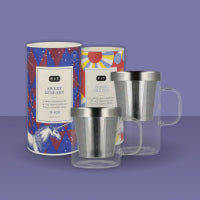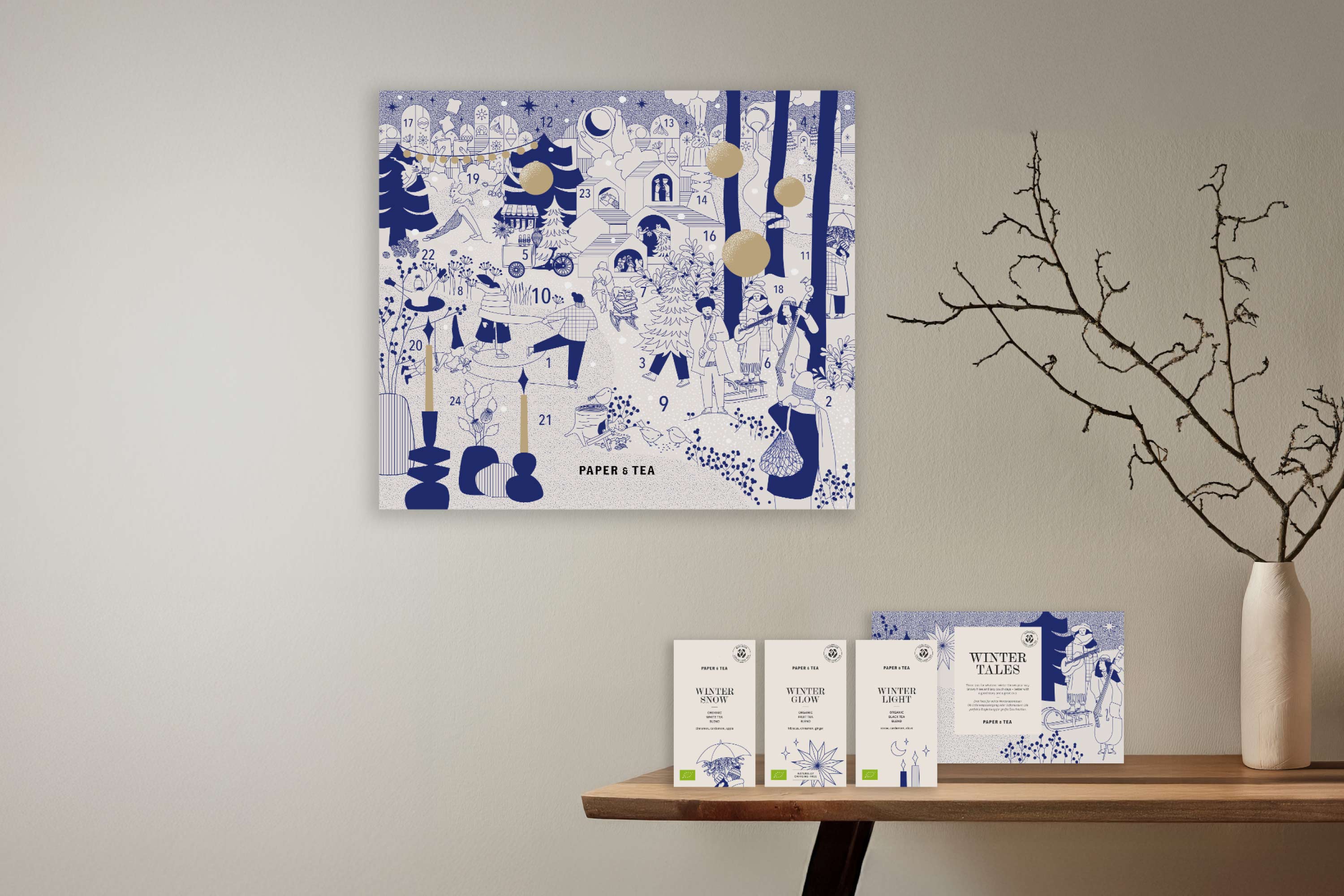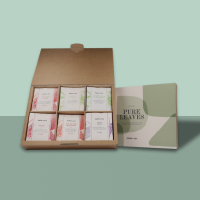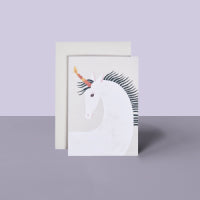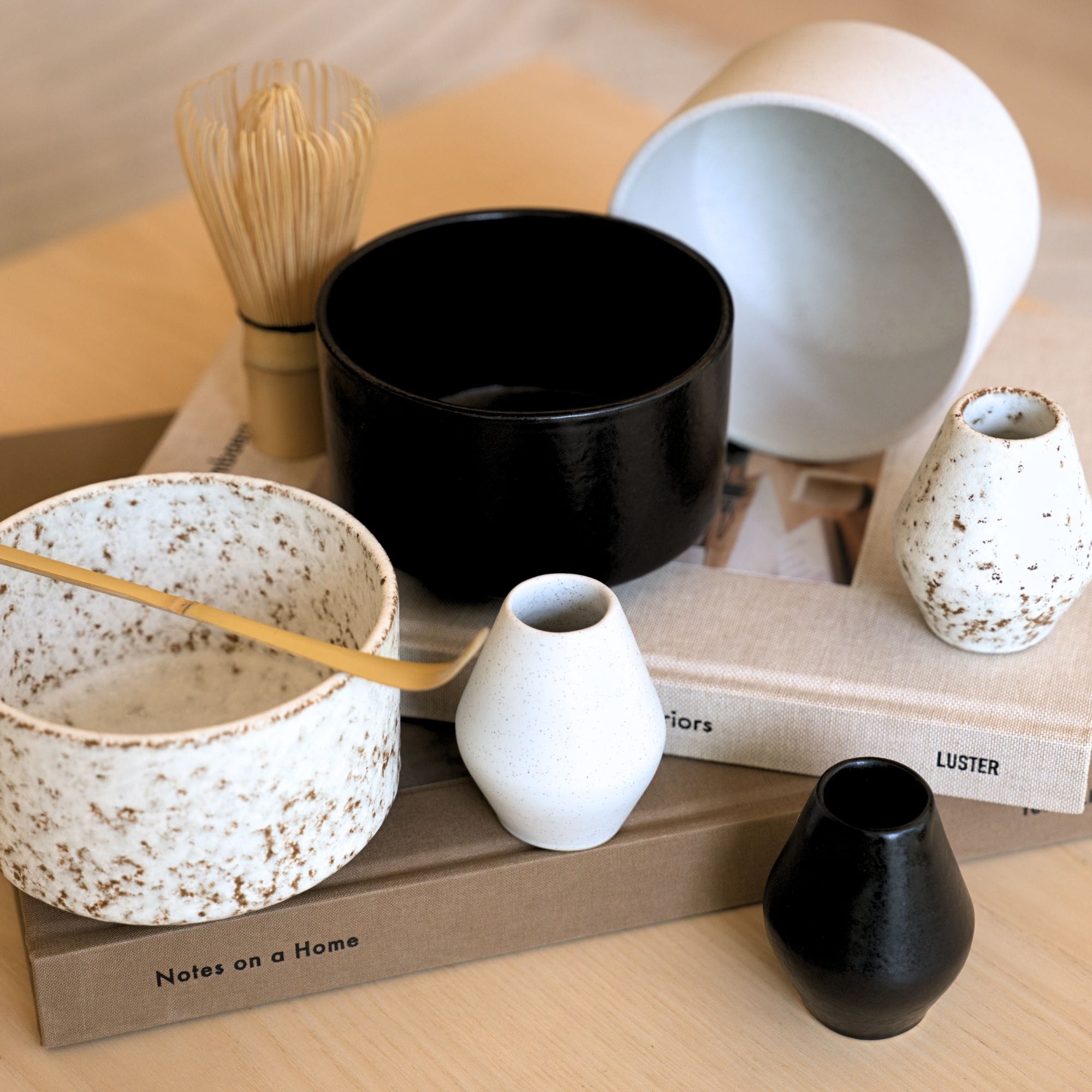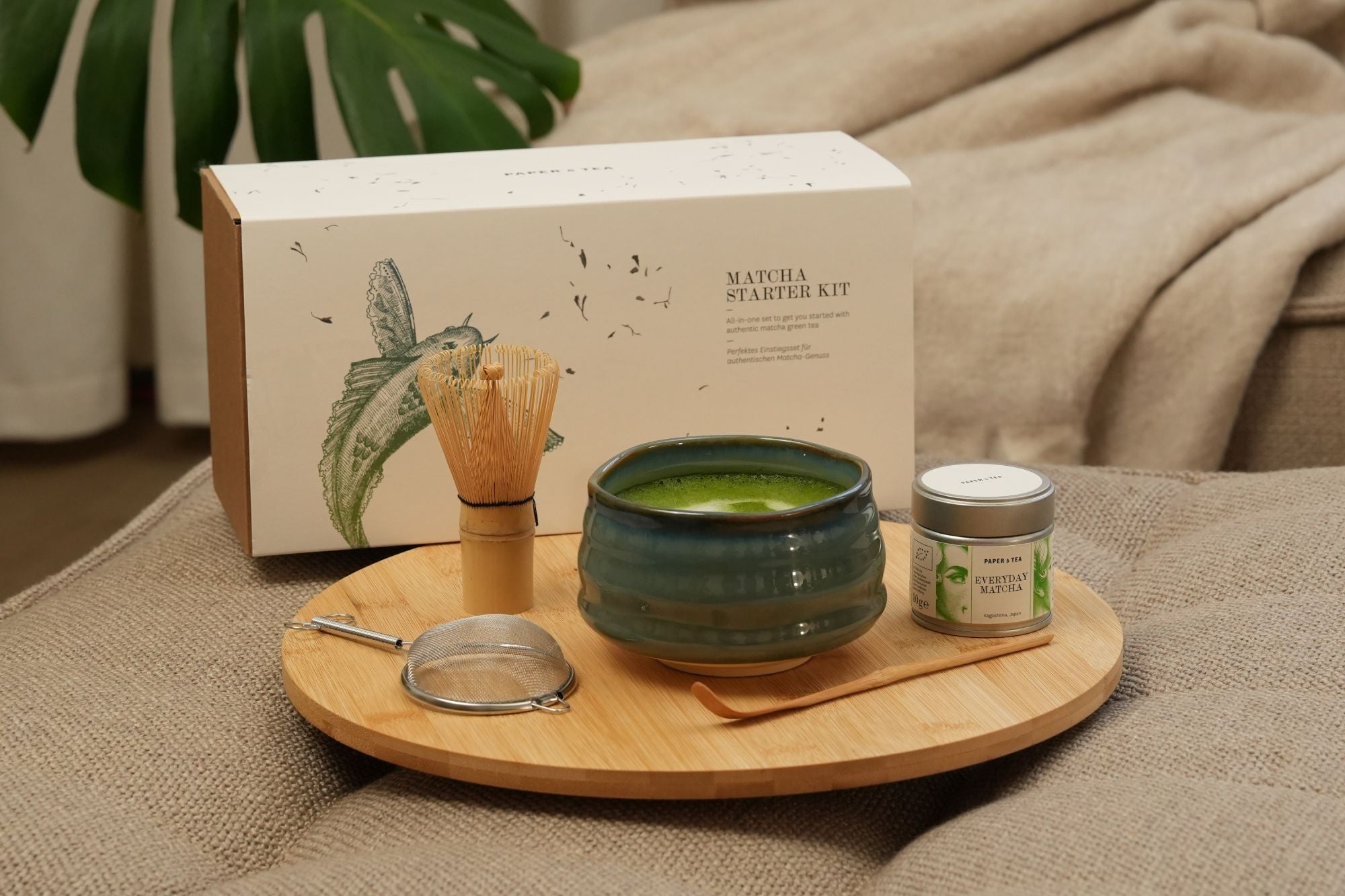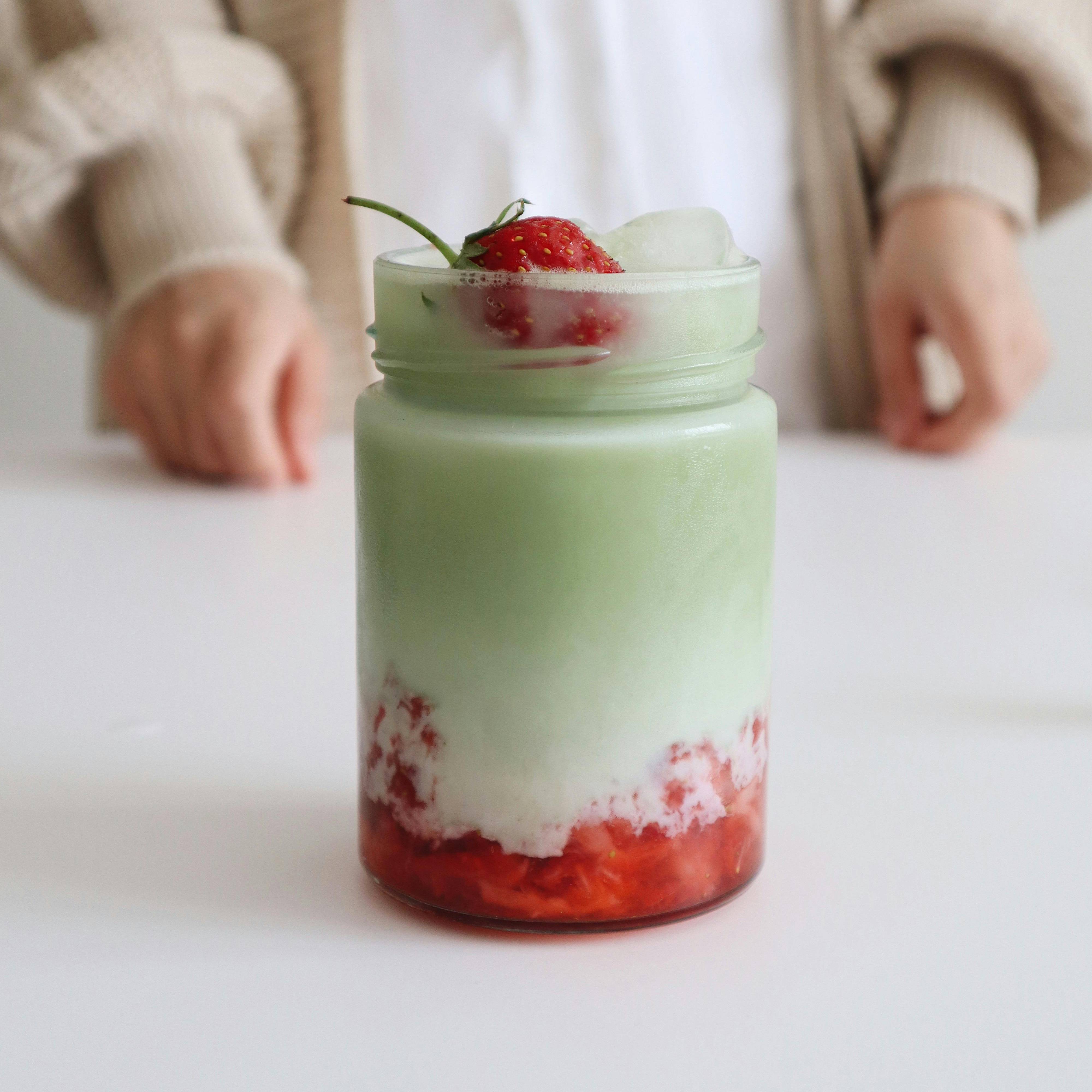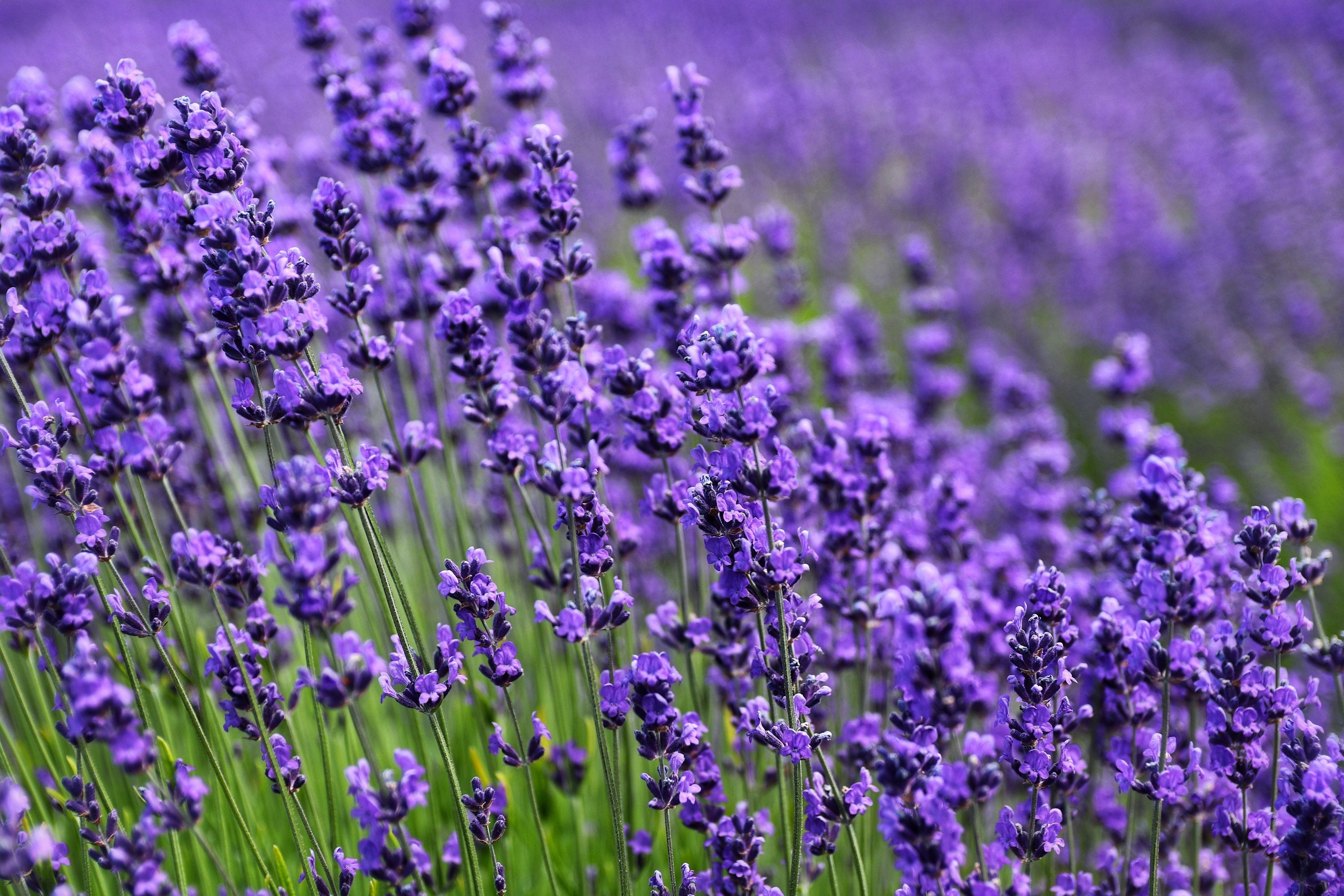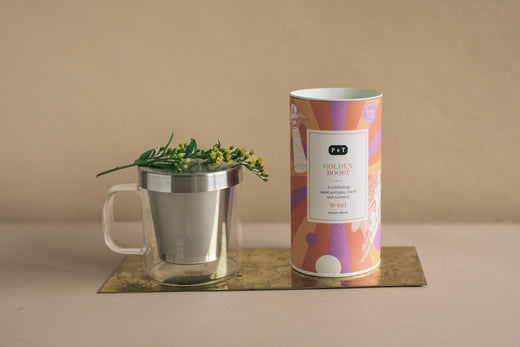Description
In the culinary world, cinnamon is a versatile superstar, enhancing dishes from your morning porridge to delightful cinnamon buns. This spice is not only a kitchen essential but is also embraced in cosmetics and essential oils for its delightful scent and versatility. Whether in baked goods, curries or beverages like chai tea, cinnamon is a go-to choice. The two main types — Ceylon (Cinnamomum verum) and Cassia (Cinnamomum cassia) — each offer distinct flavours and aromas. Known as "true cinnamon", Ceylon is favoured for its sweet aroma, while Cassia brings a more robust and intense note, making it a classic in Oriental and Asian cuisine.
Historical Background
Cinnamon boasts a rich and captivating history stretching back centuries. Originally hailing from Sri Lanka, India, and other parts of South Asia, it was used in ancient Egypt for embalming and medicinal practices. Through the spice routes, it reached Europe, where it became a symbol of wealth in the Middle Ages. Stories of giant cinnamon trees in Asia were spun to justify its high price, adding to its mystical allure that persists even today. The spice trade, with cinnamon at its heart, played a pivotal role in global commerce.
Intriguing Facts
- Did you know that cinnamon was so valuable in ancient Greece that it was gifted to kings? In Roman antiquity, it was considered more precious than silver and regarded as a luxury commodity.
- Cinnamon sticks are formed by peeling the inner bark of the cinnamon tree and drying it, naturally curling into the familiar quills.
- You're likely to encounter two impressive main types of cinnamon: Ceylon, known as "true cinnamon," and Cassia. Ceylon is appreciated for its low coumarin content, making it particularly enjoyable. Caution is advised with Cassia, as it contains higher levels of coumarin, which can be harmful in large quantities.
- In Chinese, Indian, and Ayurvedic medicine, cinnamon features prominently, though today it is celebrated more for its culinary appeal than as a medicinal remedy.
